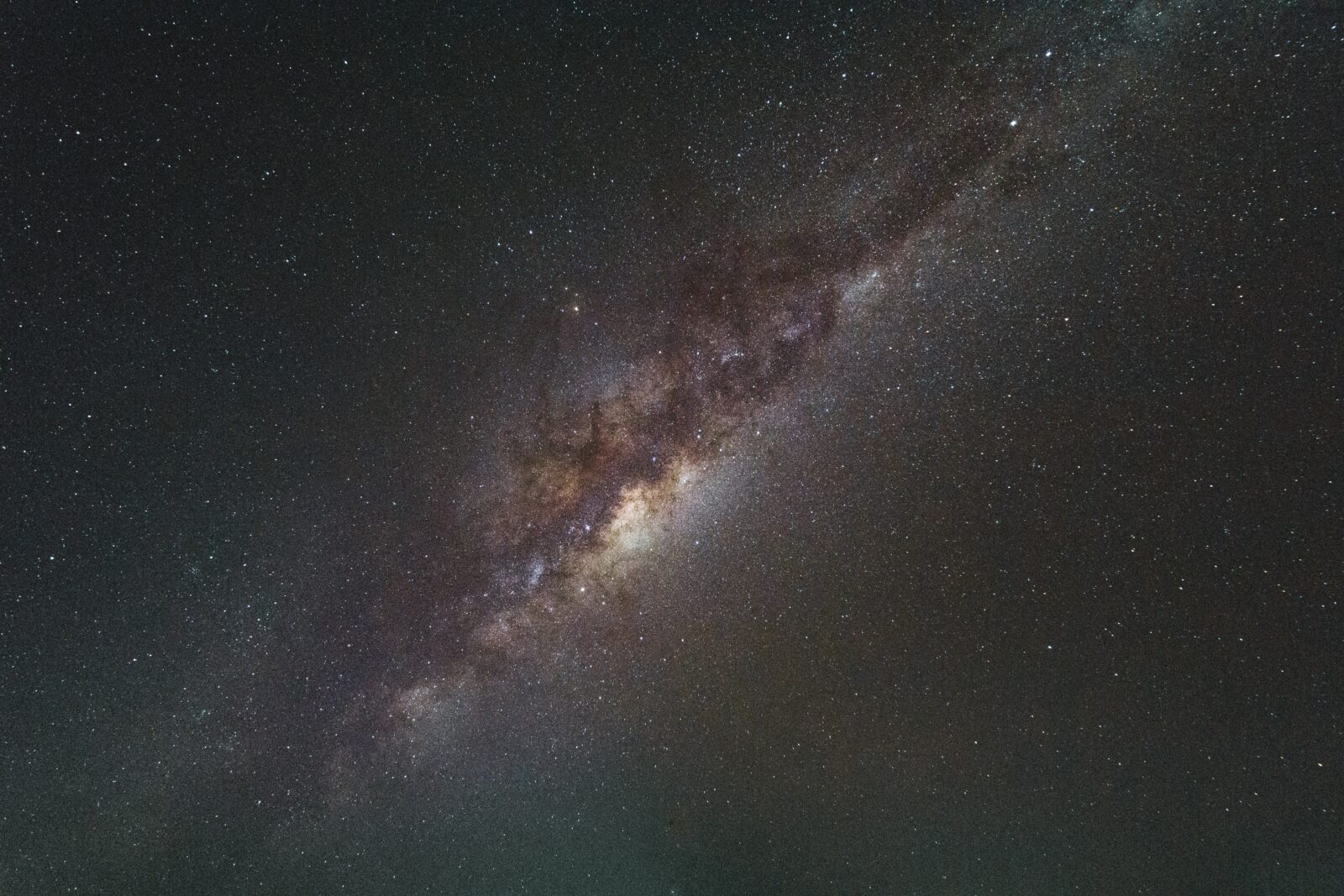In recent years, cutting-edge telescopes around the world have spotted hundreds of gold-rich stars. These rich in gold stars likely originated in progenitor galaxies, smaller galaxies that combined to become our Milky Way, as shown by the most detailed models of galaxy formation to date.
Most of the elements found on planets were created in the stars, which function as a kind of thermonuclear chemical factory. The fast neutron-capture process is responsible for the creation of the vast majority of elements heavier than iron, particularly precious metals like gold and platinum. After a star’s death, the heavy elements it has produced are released into interstellar space, where they can be recycled into new things. Similar to how planets recycle their heavy components, young stars do the same. It is expected that the conditions under which stars formed can be inferred from their chemical makeup. However, a theoretical basis to account for the observed chemical variety has been lacking up to this point.
New study
A group of scientists from across the world, led by Yutaka Hirai of Tohoku University and the University of Notre Dame, have used a computer simulation to trace the evolution of a virtual Milky Way-like galaxy from the Big Bang to the present day. In order to study the process of new materials emitted by old stars and consumed by young ones, the researchers ran a simulation with the highest temporal and mass resolutions ever achieved.
The simulation was run effectively over the period of a few months utilizing the computer ATERUI II in Japan. This allowed for the first time to study how the stars rich in gold from the Milky Way formed.
The majority of gold-rich stars, the study finds, were born in progenitor galaxies, which are small galaxies that serve as building blocks, more than 10 billion years ago. However, neutron star mergers do occur in some progenitor galaxies, enriching them with a high quantity of heavy r-process materials. As a result, the measured density of gold-rich stars in the final Milky Way-sized galaxy agrees with predictions.












Leave a Reply